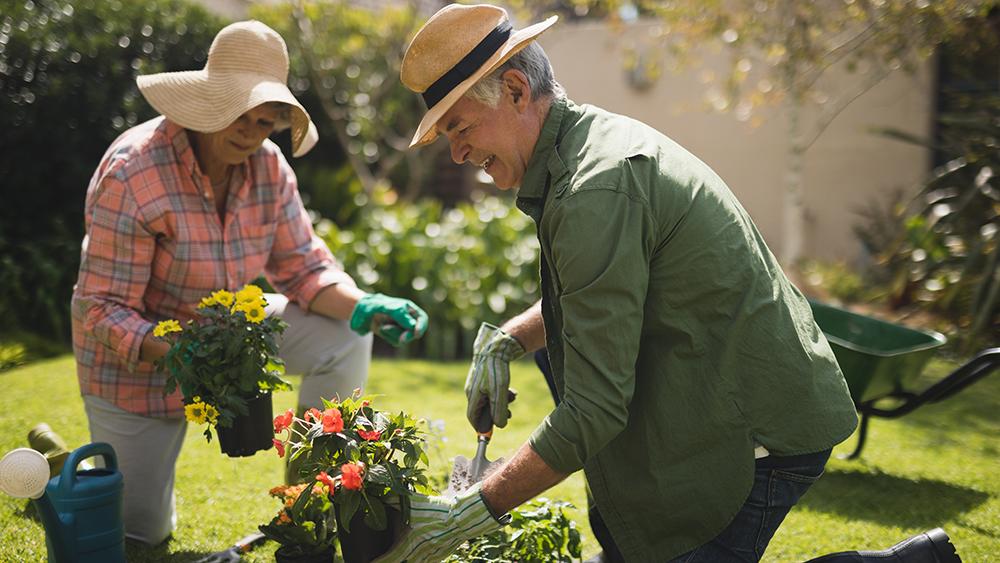Health & Safety in the Garden

Whether you are a novice or an expert gardener, health and safety precautions are important to protect yourself, your family, and your pet as you head out to your garden.
Dress to protect
• Wear eye goggles
• A mask to prevent inhaling dust
• A hat with a wide brim to shade the face, head, ears, and neck
• Gloves for hand protection
• Sturdy shoes with slip-resistant rubber soles
• Loose fitting clothes with long sleeves and long pants
• No jewelry that can catch on something
Honor your limits
• Long periods of time in high temperatures can lead to serious health problems.
• Stay hydrated.
Use good body mechanics
• Maintain a strong core.
• Engage your core muscles for lifting or stretching.
• Keeping your stomach tight will protect your back.
• When lifting heavy objects, lift with legs and keep the object close to your body.
• Raised beds make for less bending and stooping than a traditional garden.
• If working at ground level, use a kneeling pad, knee pads, or a garden seat.
• Ergonomic and lightweight tools reduce repetitive stress injuries.
Safety first
• Keep sharp tools and machinery safely stored and locked away from children and pets.
• Check equipment before each use.
• Limit distractions while working with equipment.
• Keep your work area free of sticks, glass, metal, wire, and stones that can cause injury or damage.
Know your plants
• Teach children not to eat anything they pick or find in the garden until you approve it.
• Assure that the plants in your garden are in no way toxic to humans and animals
Water features
• Ensure that pools, ponds, and water features are covered or fenced.
• Remove any items that may collect standing water such as buckets and toys.
• Discourage mosquito breeding.
Pesticides and fertilizers
• Read instructions and labels before using.
• Keep these safely and securely stored.
• Remind children not to pick up or eat anything they find in the garden until they check with you.
